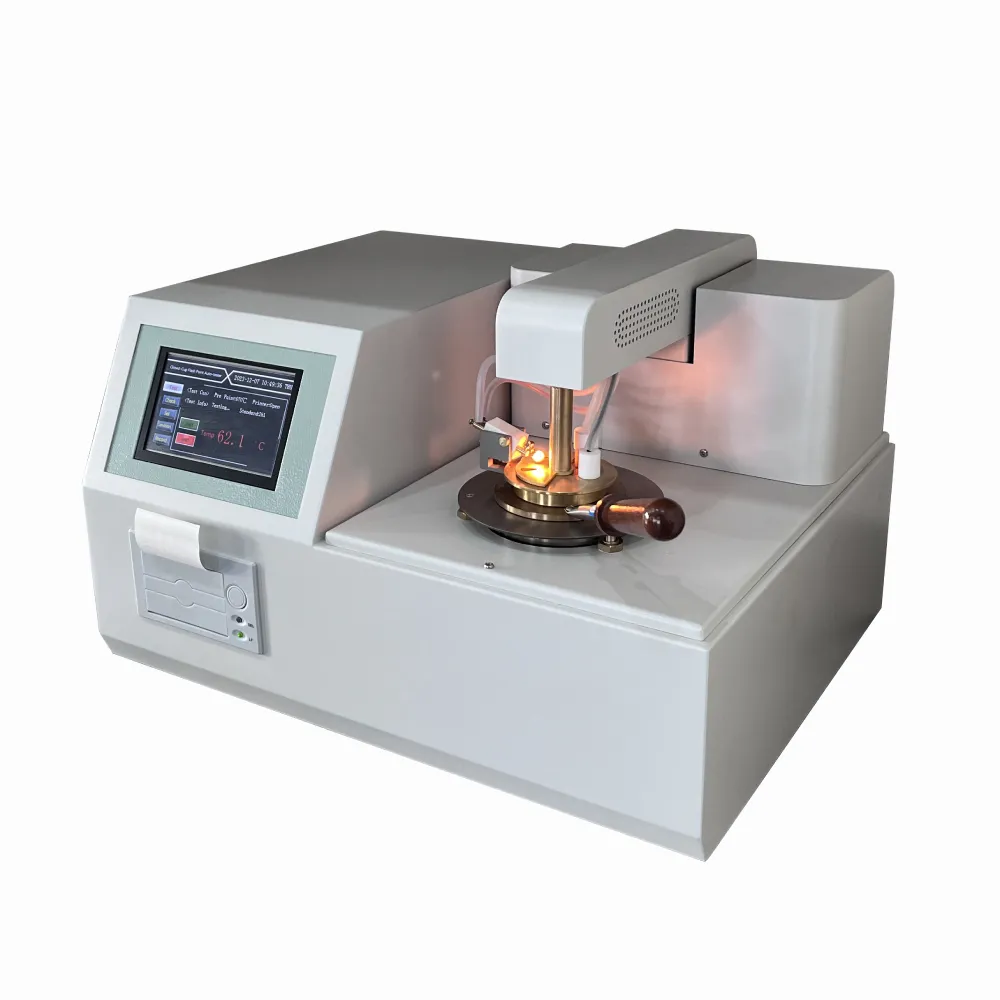 English
English



-
 Afrikaans
Afrikaans -
 Albanian
Albanian -
 Amharic
Amharic -
 Arabic
Arabic -
 Armenian
Armenian -
 Azerbaijani
Azerbaijani -
 Basque
Basque -
 Belarusian
Belarusian -
 Bengali
Bengali -
 Bosnian
Bosnian -
 Bulgarian
Bulgarian -
 Catalan
Catalan -
 Cebuano
Cebuano -
 China
China -
 China (Taiwan)
China (Taiwan) -
 Corsican
Corsican -
 Croatian
Croatian -
 Czech
Czech -
 Danish
Danish -
 Dutch
Dutch -
 English
English -
 Esperanto
Esperanto -
 Estonian
Estonian -
 Finnish
Finnish -
 French
French -
 Frisian
Frisian -
 Galician
Galician -
 Georgian
Georgian -
 German
German -
 Greek
Greek -
 Gujarati
Gujarati -
 Haitian Creole
Haitian Creole -
 hausa
hausa -
 hawaiian
hawaiian -
 Hebrew
Hebrew -
 Hindi
Hindi -
 Miao
Miao -
 Hungarian
Hungarian -
 Icelandic
Icelandic -
 igbo
igbo -
 Indonesian
Indonesian -
 irish
irish -
 Italian
Italian -
 Japanese
Japanese -
 Javanese
Javanese -
 Kannada
Kannada -
 kazakh
kazakh -
 Khmer
Khmer -
 Rwandese
Rwandese -
 Korean
Korean -
 Kurdish
Kurdish -
 Kyrgyz
Kyrgyz -
 Lao
Lao -
 Latin
Latin -
 Latvian
Latvian -
 Lithuanian
Lithuanian -
 Luxembourgish
Luxembourgish -
 Macedonian
Macedonian -
 Malgashi
Malgashi -
 Malay
Malay -
 Malayalam
Malayalam -
 Maltese
Maltese -
 Maori
Maori -
 Marathi
Marathi -
 Mongolian
Mongolian -
 Myanmar
Myanmar -
 Nepali
Nepali -
 Norwegian
Norwegian -
 Norwegian
Norwegian -
 Occitan
Occitan -
 Pashto
Pashto -
 Persian
Persian -
 Polish
Polish -
 Portuguese
Portuguese -
 Punjabi
Punjabi -
 Romanian
Romanian -
 Russian
Russian -
 Samoan
Samoan -
 Scottish Gaelic
Scottish Gaelic -
 Serbian
Serbian -
 Sesotho
Sesotho -
 Shona
Shona -
 Sindhi
Sindhi -
 Sinhala
Sinhala -
 Slovak
Slovak -
 Slovenian
Slovenian -
 Somali
Somali -
 Spanish
Spanish -
 Sundanese
Sundanese -
 Swahili
Swahili -
 Swedish
Swedish -
 Tagalog
Tagalog -
 Tajik
Tajik -
 Tamil
Tamil -
 Tatar
Tatar -
 Telugu
Telugu -
 Thai
Thai -
 Turkish
Turkish -
 Turkmen
Turkmen -
 Ukrainian
Ukrainian -
 Urdu
Urdu -
 Uighur
Uighur -
 Uzbek
Uzbek -
 Vietnamese
Vietnamese -
 Welsh
Welsh -
 Bantu
Bantu -
 Yiddish
Yiddish -
 Yoruba
Yoruba -
 Zulu
Zulu
winding resistance test transformer
Winding Resistance Test of Transformers
The winding resistance test is a crucial aspect of transformer maintenance and evaluation. It serves to assess the integrity and performance of a transformer's windings, which are vital for the device's overall functionality. This test is primarily undertaken to measure the DC resistance of the winding coils, which can provide vital insights regarding the condition of the transformer.
Winding Resistance Test of Transformers
The winding resistance test is performed using a precision ohmmeter or a dedicated winding resistance tester that applies a low DC voltage to the transformer winding. One of the primary advantages of using direct current (DC) for this test is that it minimizes the effects of reactance, which can interfere with resistance measurements when alternating current (AC) is applied. During the test, current flows through the winding, and the voltage drop is measured, allowing for accurate calculations of resistance based on Ohm's Law.
winding resistance test transformer

A typical winding resistance test procedure includes several steps. Firstly, the transformer should be de-energized and isolated from the electrical network to ensure safety during the test. Next, the tester's leads are securely connected to the terminals of the windings to be measured. It is essential to take measurements on all phases of a three-phase transformer to obtain a comprehensive view of the winding condition. The test should be carried out under controlled temperature conditions, as resistance can vary with temperature. Therefore, it is crucial to record the ambient temperature during the test and, if necessary, calculate the resistance values to a standardized temperature, often 20°C or 25°C.
After the measurements are taken, the results are analyzed and compared with the manufacturer’s specifications, previous test results, and relevant standards. An increase in winding resistance beyond acceptable limits may indicate problems such as loose connections, corrosion, or deterioration of the winding materials. Conversely, unusually low resistance values could also signify shorted turns or failures in the insulation.
The significance of the winding resistance test extends beyond mere resistance measurements. It contributes to overall asset management by enhancing reliability, extending operational life, and improving the safety of electrical systems. Regular testing is recommended as part of a comprehensive maintenance schedule, especially for older transformers or those operating under heavy loads or harsh environmental conditions.
In conclusion, the winding resistance test is an essential diagnostic tool for evaluating transformer health. By providing insights into winding conditions, it aids in the early detection of potential issues, thereby ensuring reliable and efficient transformer operation. Understanding and implementing this test can lead to better asset management strategies, thus safeguarding the investment in transformer infrastructure and enhancing the safety and efficiency of power distribution systems. Regular monitoring through winding resistance tests is a proactive approach to maintaining the reliability of transformers, ultimately contributing to uninterrupted energy supply and operational excellence.
-
Testing Equipment Industry Sees Major Advancements in 2025: Smart & Precision Technologies Lead the WayNewsJun.06,2025
-
Applications of Direct Current Generators in Renewable Energy SystemsNewsJun.05,2025
-
Hipot Tester Calibration and Accuracy GuidelinesNewsJun.05,2025
-
Digital Circuit Breaker Analyzer Features and BenefitsNewsJun.05,2025
-
Benefits of Real-Time Power Quality Monitoring Devices for Industrial EfficiencyNewsJun.05,2025
-
Earth Fault Loop Testing in High-Rise Building Electrical SystemsNewsJun.05,2025



